The Sun God; and his strange relationship with our biological and cellular clock. #1
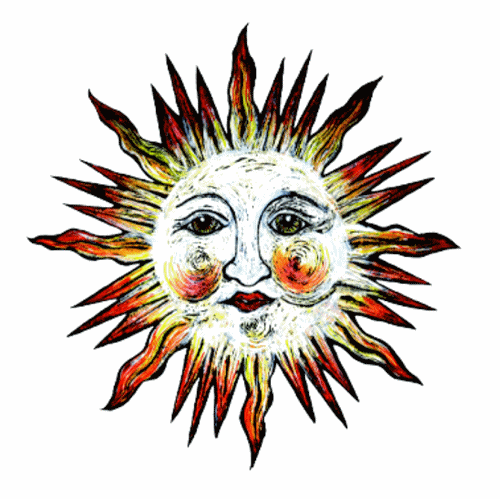
The stranger Stonehenge Circle; a huge Mayan Pyramid, the Obelisk of Egypt; are gigantic rock monuments that hide an ancient and mysterious code, united by the great history of the sun.
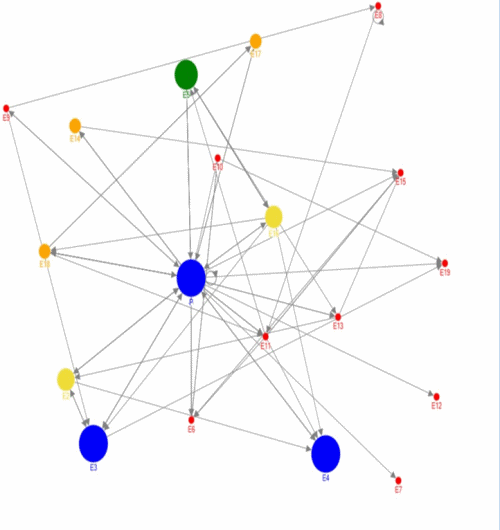
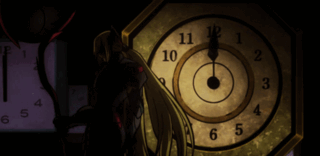
Time doesn't stand still.
Throughout the ancient world, huge monuments were erected perfectly aligned so that, at the right place and time, people could contemplate a God –Ra, Kinich Ahau, Inti, Tonatiuh o Tonatiuh Teotl, Xué, Amateratsu, Jāņi, Malakbel, Kren; Magec, Alcorac or Abora-; the Sun.
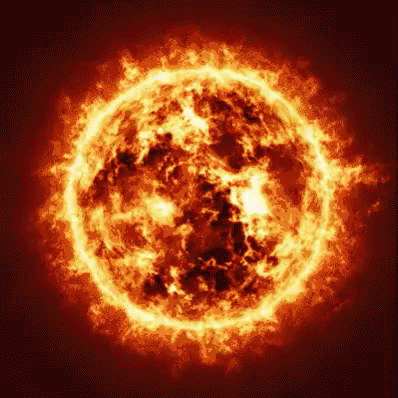
Burning sun.
In the writings of history we find that the cult of the sun is an ancient superstition, but after research and argument, we will unveil together, what about the myth that the sun is the creator, the master of reality and time?

Time and light.
The way we see time is related to the fact that we were born on this planet, to this sun, to the cycle of rotation and translation. And it is so crucial for our bodies, brains and our social organization that we cannot imagine what life would be like without the sun.

The ancient monuments are not only beautiful, they were the first calendars. To understand this we have to go back in history.
It is clear that the ancient peoples followed the movement of the sun throughout the year, and decided to build these structures, in a way, to follow the course of the sun.
It is clear that the ancient peoples followed the movement of the sun throughout the year, and decided to build these structures, in a way, to follow the course of the sun.
When major changes occur in the environment and are predictable, the evolution of a coordinated time system is encouraged. If we think of the day to night cycle that occurs regularly on our planet, we can affirm that this is the most regular drastic change that organisms at all levels must endure, which must adapt differently.
When major changes occur in the environment and are predictable, the evolution of a coordinated time system is encouraged. If we think of the day to night cycle that occurs regularly on our planet, we can affirm that this is the most regular drastic change that organisms at all levels must endure, which must adapt differently.
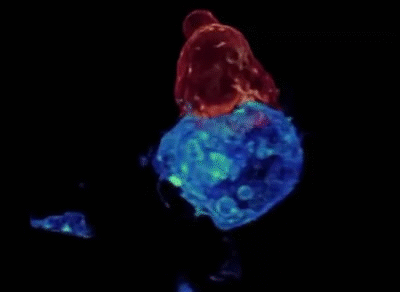
Evolution of the primitive cell.
Scientifically it has been observed that, in the evolution of the most primitive cells, this change was recognized as so significant for all the activities that the cells should undertake, that it was coded even from the beginning of the cellular activity within the same DNA of the cell.
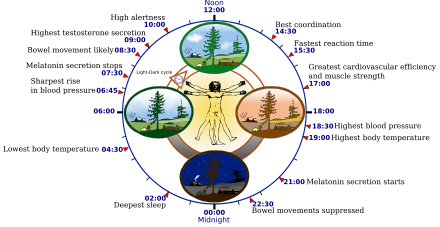
Circadian Cycle.
The human body has billions of cells, so there are billions of individual clocks, and one master clock that controls them all. A small structure in the brain that controls the coordinated rhythm system; The circadian rhythmworks independently of our thoughts and can function outside of time.
If we take the central clock out of an animal, we put it on a plate; the cells will continue to carry the rhythm of time and work for years.
If we take the central clock out of an animal, we put it on a plate; the cells will continue to carry the rhythm of time and work for years.
The vision provided by history reveals a profound pattern, just as civilizations built mega-structures to follow the movement of the sun, and to know the best times to plant and harvest; the micro-structures of the body do the same from within, telling us when to work, eat and sleep.

Source.
Circadian rhythms synchronize our bodies with the time of day, accelerating our metabolism before dawn to give us energy and preparing us to sleep in the night by lowering blood pressure and reducing activity in the brain.
The system has such control over us that it works even when we are not exposed to sunlight. This statement has been corroborated by the activity of miners who stay weeks underground, wake up and sleep in a twenty-four hour cycle.
It is such a rigorous regulator of body physiology and cell biology that individual cells continue in a 24-hour cycle, even though they receive no sunlight because it is part of our biology and our DNA that this time system works, everything in our body is designed to follow the sun.
It is such a rigorous regulator of body physiology and cell biology that individual cells continue in a 24-hour cycle, even though they receive no sunlight because it is part of our biology and our DNA that this time system works, everything in our body is designed to follow the sun.
From our cells to our bodies, and civilizations, the sun determines how we perceive time; but history reveals that the sun also defines what we believe to be real, and what is in the realm of shadows beyond the realm of our perception.
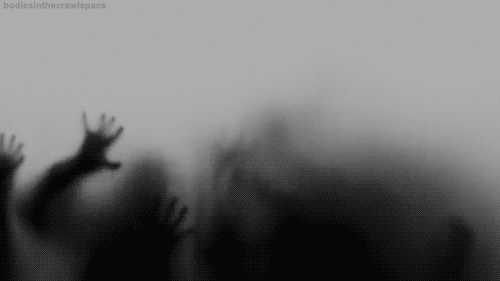
We fear the darkness.
History gives us a new way of looking at the world, it also reveals that civilizations bloom in the same way as our cells do; synchronizing with the sun; the guardian of time at the center of our solar system.
When we synchronize with the sun, we follow two types of time, as you know, a year which is the time it takes for the earth to rotate around the sun - well known as a translational movement - and a day, the time it takes for the earth to rotate around its imaginary, rotating axis into sunlight and out of it - known to all as rotation. But time as we know it is unique to planet earth, because every planet travels around the sun in its own way.
When we synchronize with the sun, we follow two types of time, as you know, a year which is the time it takes for the earth to rotate around the sun - well known as a translational movement - and a day, the time it takes for the earth to rotate around its imaginary, rotating axis into sunlight and out of it - known to all as rotation. But time as we know it is unique to planet earth, because every planet travels around the sun in its own way.

The Solar System, courtesy of cligif.com.
Venus is so close to the sun and rotates so slowly that its day is longer than its year. Jupiter, it rotates so fast that its day lasts less than ten hours. Beyond our Solar System, there are worlds that do not rotate; one side is permanently under the sunlight while the other remains in total darkness.
Our eyes are designed to do one thing; make sense of sunlight. The light we see is the hands of half of what the sun radiates. It is all part of a spectrum made up of different wavelengths of light, humans only see light in the middle of the spectrum; our eyes cannot perceive the lengths of light that are very long or very short - infrared and ultraviolet is an invisible world to us, but not to all animals.
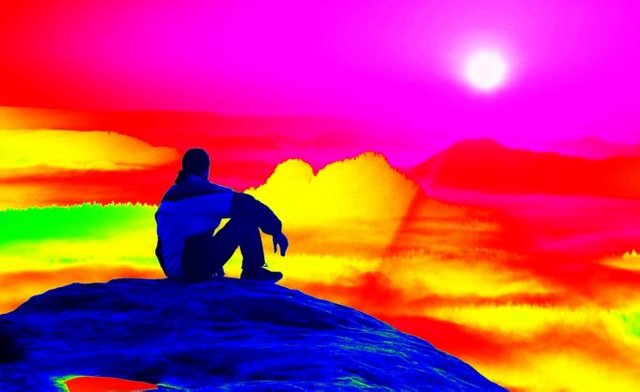
The light that human beings cannot see.
Our eyes evolved to choose the part of the sunlight we need most. Most mammals see the world in two colors, their eyes only have cells to detect two colors - blue and green - but humans have a third type of cell to detect red colors. But why can we see colors that other animals cannot see, to answer this question, let us go back twenty million years in history.
Our eyes evolved to choose the part of the sunlight we need most. Most mammals see the world in two colors, their eyes only have cells to detect two colors - blue and green - but humans have a third type of cell to detect red colors. But why can we see colors that other animals cannot see, to answer this question, let us go back twenty million years in history.
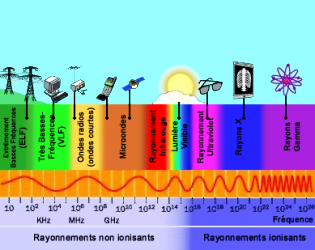
Spectrum visible to the human eye.
It all started with our first ancestors, primates who lived in trees where the ability to see red was an advantage, as it allowed them to find brightly colored fruit on a green background. Humans, we inherited that full-color day vision and that gave us a huge advantage; humans are very well adapted to daytime activities, and that made us successful hunters, and in the long run, regulate all our activities to the sun, to the regular site of the day and the light.
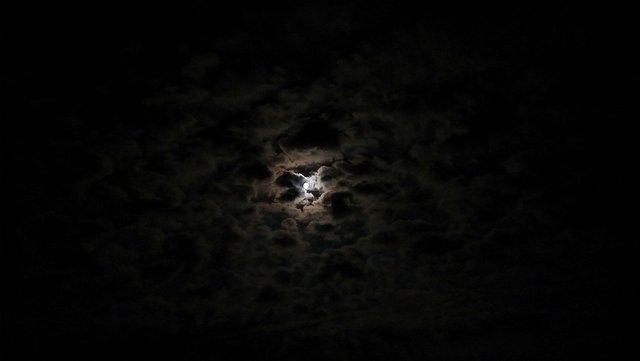
Do we see in the dark?
But there are always trade-offs in evolution. Color vision is good for finding food in the sunlight, but eyes that see color well don't see well at night. The color-detective cells in our eyes fade and change the perception of our reality to faint shades of gray. Our night vision cells are a hundred times more sensitive to light, but they are simpler than those that perceive color. The vision we have in the dark is much less sharp, it's more mysterious, we don't see a wide spectrum of colors or anything with clarity. This makes the night a world of mystery and danger where a worthy predator can become the prey of a creature who evolved to see in the world of shadows.
History reveals how this adaptation to the sun was related to our psychology. For humans, light is good, darkness is evil. In many ancient stories we have the light that passes through the darkness, we equate the light with the divine and what we do not like or want with the darkness. And what we see is the emergence of duality. If you worship the sun, you must fear the darkness.
History reveals how this adaptation to the sun was related to our psychology. For humans, light is good, darkness is evil. In many ancient stories we have the light that passes through the darkness, we equate the light with the divine and what we do not like or want with the darkness. And what we see is the emergence of duality. If you worship the sun, you must fear the darkness.
The struggle between good and evil connects the religions of humanity to the secrets of the sun, but there is an even greater link between the sun and our beliefs and it is hidden within the very moment of creation.
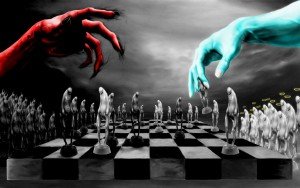
Good against evil.
While traditional history tells us that many ancient civilizations believed that the sun was a god, we will connect these ancient religions with the birth of the solar system. This was our cosmic neighborhood, five billion years ago, a time before the sun. If we go back to the time before the existence of the sun, what we see is a kind of large cloud of gas and dust about a light year long that contained the total mass of the sun. An old star explodes nearby, unleashes a shock wave that passes through the gas cloud and turns it around. It began to collapse under its own weight, and spun faster and faster as it collapsed.
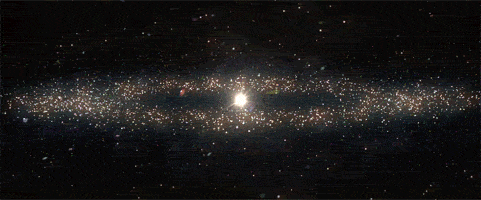
Big Bang.
Gravity gathers a dense mass of debris in the center, the rest of the cloud flattens out around it. Then it was a big rotating disc, and then on that disc the sun was compacted by gravity, reached an incredible ten million degrees Celsius and turned on - let there be light. The sun rises, and in its awakening something else appears. The sun devoured 99% of matter in the gas cloud, but part of it remained rotating on this plane and became the planets.
Planets like Earth. As the ancients believed, the sun is the creator; the giver of life. And again history reveals that the creation of our planet makes us who we are.
Planets like Earth. As the ancients believed, the sun is the creator; the giver of life. And again history reveals that the creation of our planet makes us who we are.
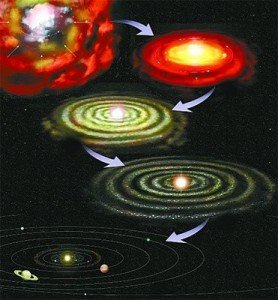
Formation of the Solar System.
The earth was born on the rotating disc and never stops spinning both on its axis and in its orbit around the sun. And it is those turns that are encoded in everything from civilizations to cells. These two main turns that affect life on earth, the great annual orbit of our planet around the sun and the twenty-four hour rotation cycle, are related to the evolution of species. The way we perceive time in a year and a day. Our understanding of the force of light and darkness that has influenced psychology, philosophy, religion and other things; those initial forces created by that gigantic spinning disk that merged with a sun, are therefore related to our daily reality.
It is amazing how much we have been influenced by the creation of the solar system. We are all creatures of this planet and the sun.
It is amazing how much we have been influenced by the creation of the solar system. We are all creatures of this planet and the sun.
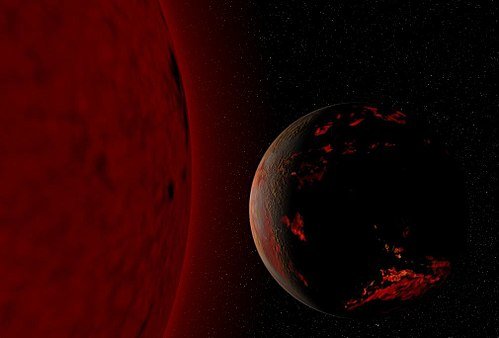
Future Vision of the Earth.

Graphic fonts: The images that do not have a source like the cover, were made with several images extracted from Goole Image and edited with Windows 10 Pro Paint, and mounted with PhotoScape X x64 software for Windowes 10 Pro.
Graphic fonts: The images that do not have a source like the cover, were made with several images extracted from Goole Image and edited with Windows 10 Pro Paint, and mounted with PhotoScape X x64 software for Windowes 10 Pro.
Bibliography and other sources:
• Menéndez, Mario. Dictionary of Prehistory. Madrid, Alianza, 1997.
• Barandarin, Ignacio. Prehistory. Barcelona. Ariel, 2005.
• Martín Almagro Basch Prehistory. Espasa-Calpe, Madrid, 1960 S.A.
• Barnett. A century after Darwin. Alianza Editorial, Madrid, 1971
• P. Bergounioux. Prehistory and its problems. Taurus Ediciones, Madrid, 1966.
• F. Bordes. The world of quaternary man. Guadarrama, Madrid, 1966.
• Pedro Bosch Gimpera. The human races. Gallach High, Barcelona, 1971.
• History of the Orient. National Autonomous University of Mexico, México, 1970.
• Salvador Canals Frau. Prehistory of America. Editorial Sudamericana, Buenos Aires, 1959.
• The origin of American man and physical anthropology. National Autonomous University of Mexico, Mexico, 1961.
• Manual of Physical Anthropology. Fondo de Cultura Económica, Mexico, 1960.
• Introduction to general prehistory. National Autonomous University of Mexico, Mexico, 1971.
• Carleton Coon. The seven caves. Editorial Labor, Barcelona, 1967.
• Miguel Crusafont Pairó. Evolution. Editorial Católica, Madrid, 1966.
• Glyn Daniel. El concepto de prehistoria. Editorial Labor, Barcelona, 1968.
• Jacquetta Havvkes. Prehistory (History of Humanity). Alpasa 2010.
• Von Koenigswald. History of man. Alianza Editorial, Madrid, 1971.
• Los hombres prehistóricos. Omega, Barcelona, 1967.
• K. Oakley. Chronology of the fossil man. Editorial Labor, Barcelona, 1968.
• Hugo Obermaier. The fossil man. National Museum of Natural Sciences, Madrid, 1925.
• Hugo Obermaier, Antonio García Bellido y Luis Pericot García. Prehistoric man and the origins of humanity. Revista de Occidente, Madrid, 1960.
• Luís Pericot García. Prehistoric humanity. Salvat, Barcelona, 1970.
• Juan Schrobínger. Prehistory of South America. Editorial Labor, 1967-1969 Barcelona.
• G.G. Simpson. Life in the past. Alianza Editorial, Madrid 2002.
• Pierre Teilhard de Chardin. The appearance of man. Taurus Ediciones, Madrid, 1967.
• Gracia Esperanza. The origin of the universe. Ediciones Naya, Mexico 2010.
• Stephen Hawking y Leonar Mlodiniow. The Grand Design. 2010.
• Stephen Hawking. Brief History of Time. Stephen Hawking Library. 2005.

This material of original character in steemit, is in the Spanish version, of my own authorship, here.

Thank you for reading my publications. If you like it, spread it around..
Thank you for reading my publications. If you like it, spread it around..

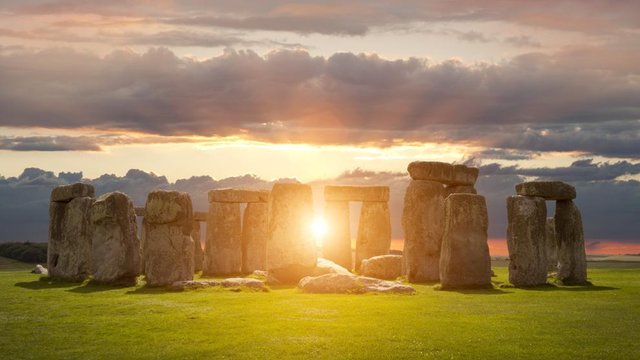
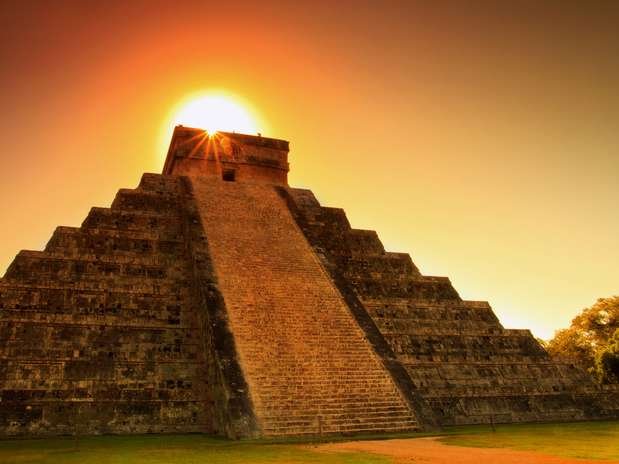
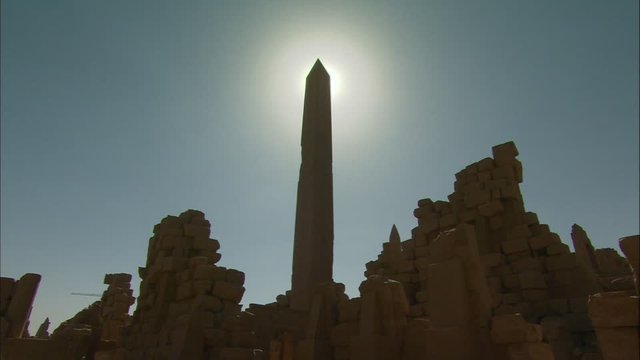
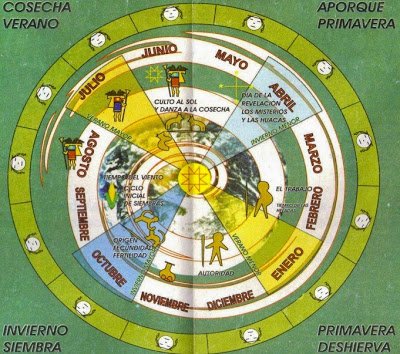
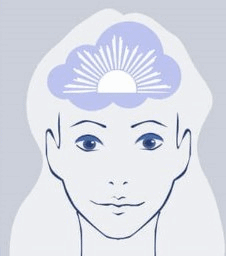
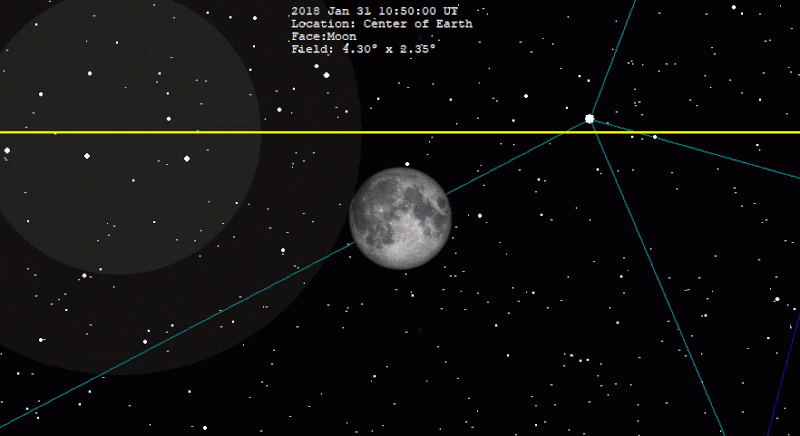
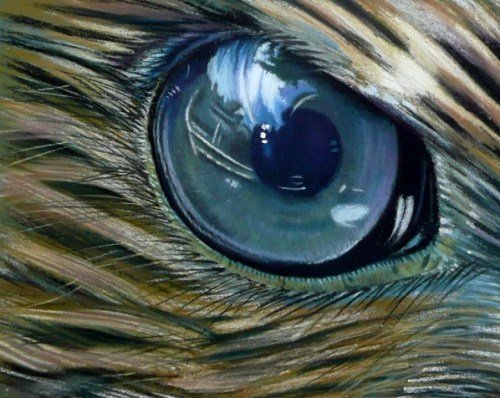

I've just read about mayan gods in this pretty good article
I am very glad that despite the time of publication, someone in our vast world has read it and liked it. Thank you for your feedback.